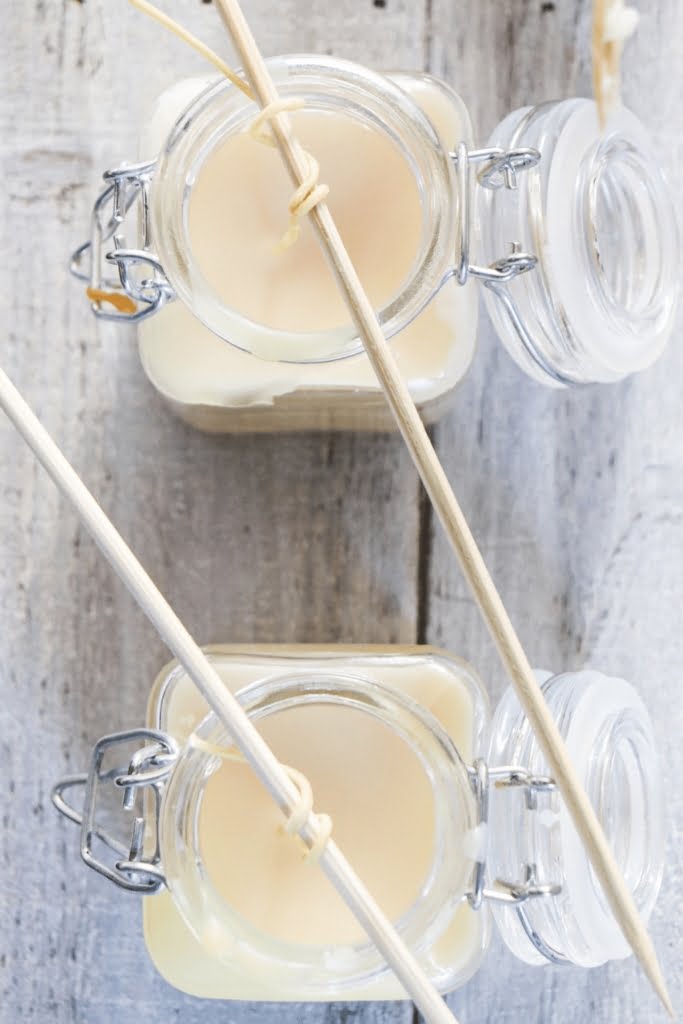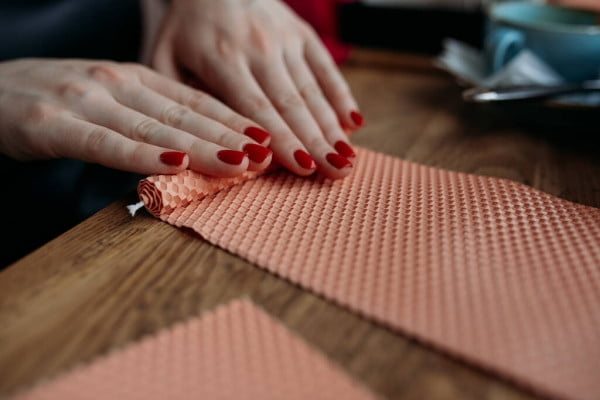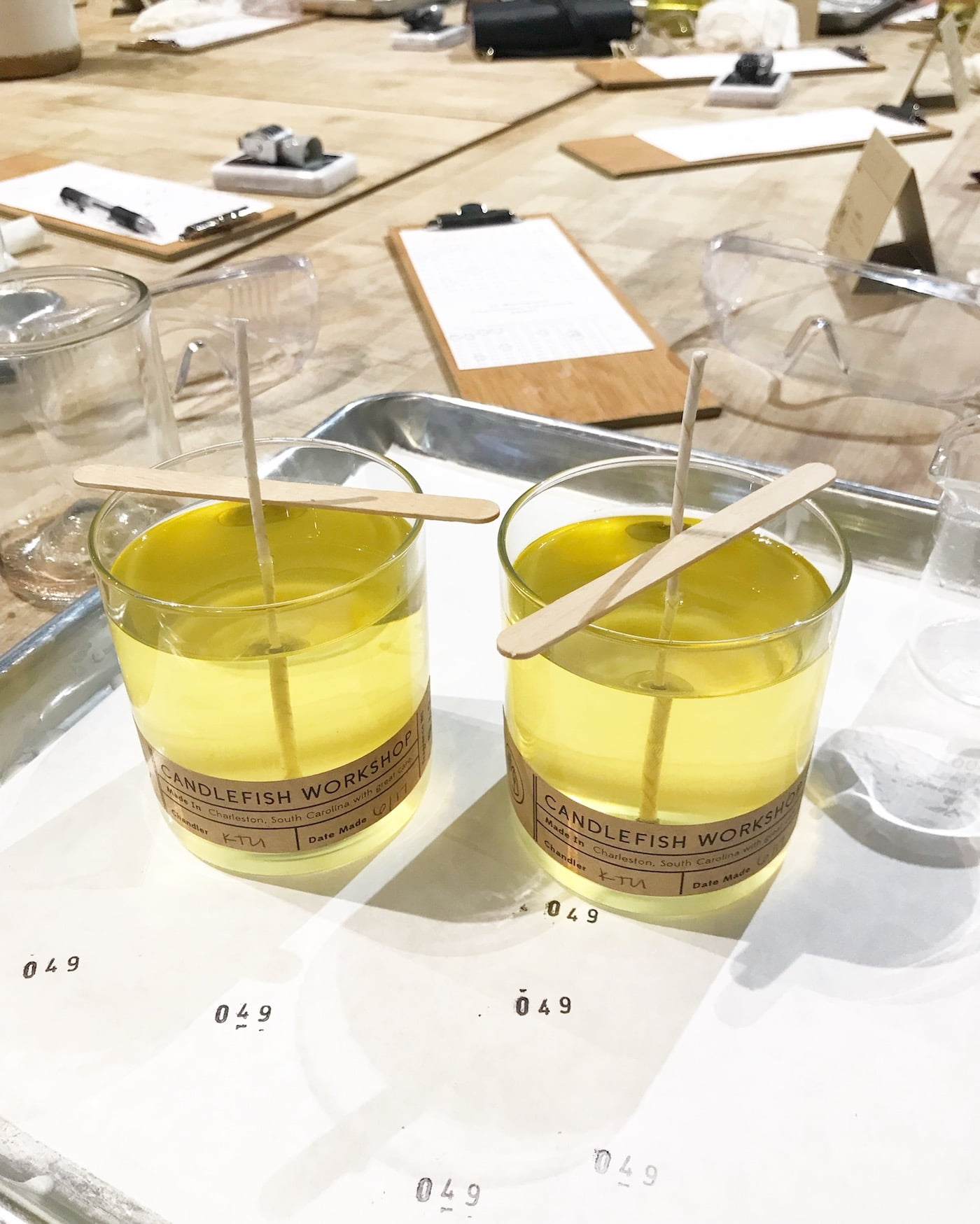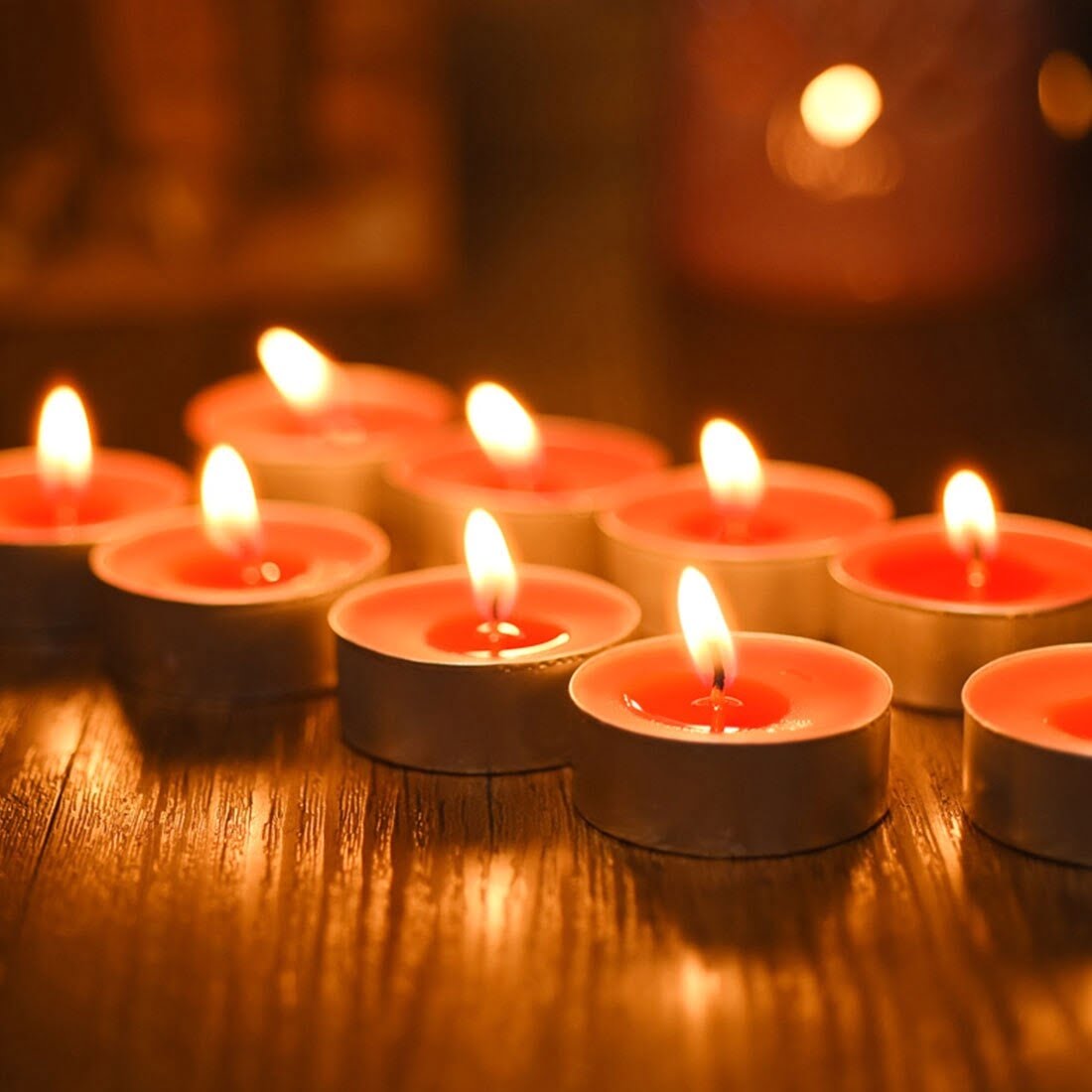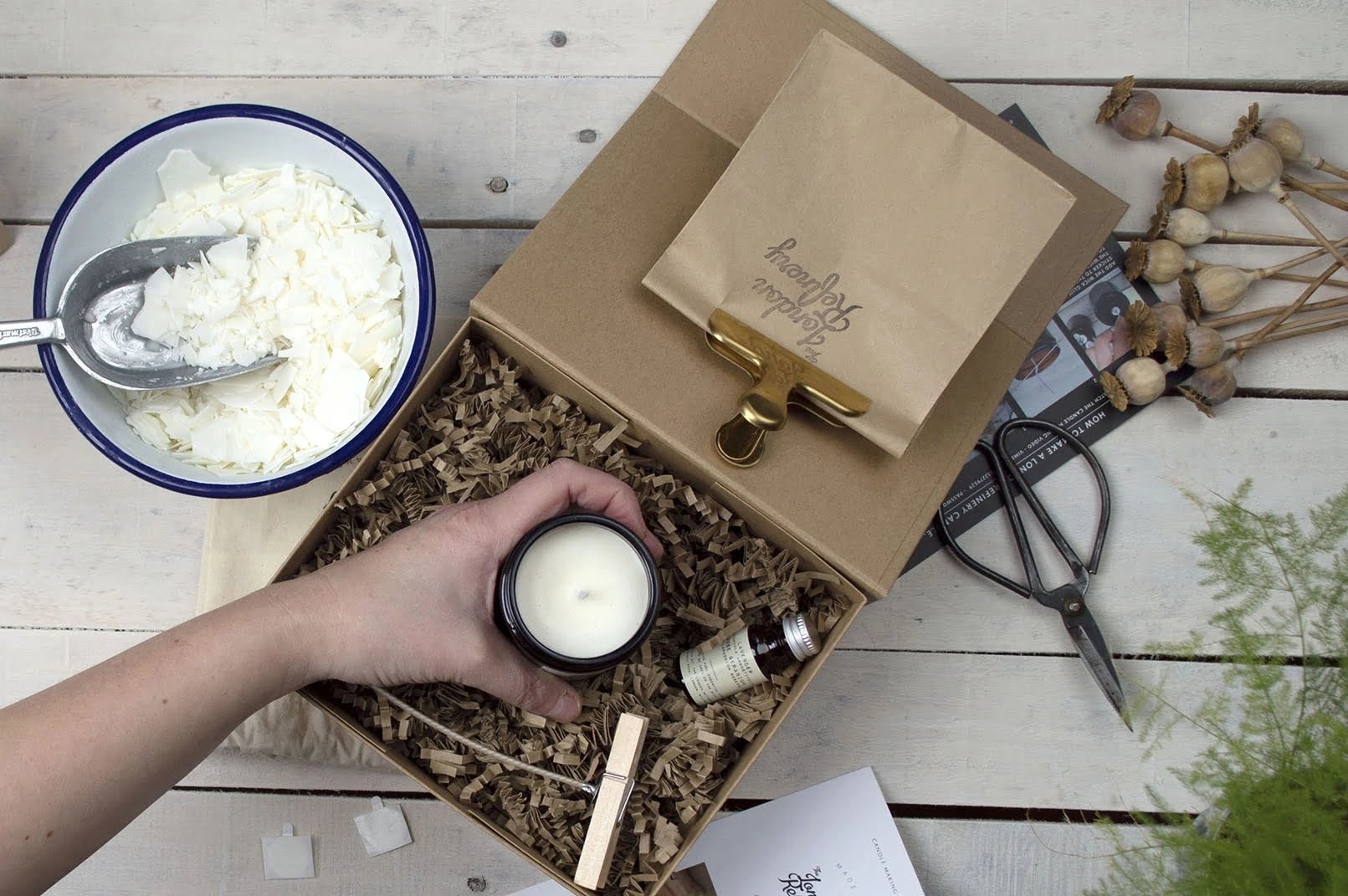Introduction
Candle making is both a creative and therapeutic activity that can be enjoyed by people of all ages. In addition to being enjoyable to do, candle making is also a great way to Zen out from the stresses of daily life and the modern world. When you make your own candles you have complete control over their appearance and aroma, so you can craft a perfectly personalized gift, or create something special for yourself.
When it comes to getting started with candle making, there are some basic supplies you need in order to start out: wax molds, scents/fragrances, and dyes. Wax molds come in a variety of shapes and sizes and can easily be found online at specialty stores or craft stores. Meanwhile, the scent of your choose plays a major role in how pleasing your candle will be; whether it’s sweetly floral or wood-scented spice, there is definitely something perfect for everyone when it comes to candle scents. If you want an even more customized product then consider using dyes to further personalize the look of your finished project. You don’t have to use them of course but they add an extra depth to traditional candles that surely won’t go unnoticed!
Understanding Wax
There are many different types of wax available for making candles, including paraffin, beeswax and soy wax. Each type of candle wax has a range of characteristics, such as melting point and hardness, which need to be understood to select the right combination for your candles.
Paraffin is usually used for mass-produced candles, as it is an oil-based product and burns cleanly with little smoke or soot. However, it is not as aesthetically pleasing when compared to beeswax and soy wax.
Beeswax has a higher melting point than paraffin. It produces a bright flame while burning and is naturally scented. This type of wax is often found in snuffers, tapers and pillar candles.
Soy wax is derived from soybean oil and vegetable oils, making it a safe material for burning in homes. As it burns slowly at relatively low temperatures, soy wax has become popular among candlemakers creating container candles or jar candles because they maintain their scent over extended use with minimal smoke emissions. Certain dyes also work well in combination with this type of wax..
Exploring Candle Making Molds
When it comes to making your own candles, candle molds are an essential supply. Among the different styles that can be used in candle making, most are made of silicone, plastic or metal. There are several forms of molds available for purchase such as tealight mold holders with compartments for multiple candles at once, pillar molds which make intricately designed round candidates and votive molds that shape the candle into a straight cylinder. For those customers looking for completely unique shapes and sizes, custom molds are also available.
These unique custom molds can create an array complex patterns depending on their design. Hexagonal and spherical shapes like tart tins may also be crafted from these custom molds depending on your needs. The majority of commercial candle molds come in wide variety of colors and textures chosen to match any scent or dye used during the manufacturing process. Scents and dyes also play an important role in the finished look of a candle however it’s important to use ones specifically formulated for wax projects to ensure proper adhesion to the surface. For those starting out with a blank canvas, novice makers can always experiment with various colors and scents until the desired effect is achieved.
Adding Scents and Dyes
When making candles, you can use scents and dyes to completely customize the end result. Scents provide a wonderful aroma when your candle has been lit and can add extra dimension in your home setting. You can use either essential oils or fragrance oils to produce a range of smells such as lavender, nature, citrus and many more. Additionally, you can use dyes in candle wax to customize their colours. For example, green may be used for inviting nature vibes, pink for girly themed decorations or yellow for a sunny embrace in your home décor.
When adding scents and dyes to your creations it is important that the amount used does not exceed the manufacturers measurements. As overdoing either could cause significant harm if inhaled too near or burned for a long period of time. To prevent this from happening check that your candles are poured in the correct wick size, an incorrect size could affect how much scent and dye is needed. Once everything has been established then slowly incorporate the scents and dye into the wax with a stirrer or whisk tool until evenly distributed within the liquid before pouring into molds. This will ensure that each batch will produce wax that smell and look good while burning through!
Shopping for Supplies
When purchasing candle supplies as a beginner, it is important to find the right balance between price and quality. It is often tempting to go for the cheaper options when setting up your supplies, such as buying wax molds of lower quality or using scents and dyes that have been heavily discounted. However, with candles it is better to buy high-quality materials, since this will allow you to produce candles that look and smell great. Purchasing great quality supplies can be more expensive in the beginning, but they will last longer and you will likely end up saving money in the long run. Furthermore, higher-quality supplies are also safer for both you and your customers.
If possible, try shopping at local craft stores, markets or even online. This way you can ask questions about each product before making a decision or request samples to try out different products first before investing in bigger amounts of certain items.
DIY vs Pro
DIY candle making is an enjoyable hobby that many people take pleasure in. Being able to create your own unique candles from wax molds, scents, and dyes allows you the creative freedom to make unique gifts for family, friends or for yourself. You get the satisfaction of knowing that you have crafted something with your own two hands. However, when it comes to creating candles professionally there are both pros and cons that should be weighed.
PROS:
1. Increased Efficiency: Working with a professional candle maker can increase the speed at which you can create candles due to their greater experience and knowledge. This saves both money and time in terms of buying supplies and waiting for them to cure and set properly. In addition, depending on the amount of work needed additional staff could be hired allowing even more orders to be produced and shipped faster than usual.
2. Increased Quality: Professionals are increasingly dedicated and there level of expertise allows them to focus on details you may miss if attempting DIY candle making such as ensuring labels are done correctly or wicks are properly placed ensuring long lasting results with better lighting effects overall .
CONS:
1. Cost: Hiring a professional cost money which could add up quickly depending on how much work needs to be done or employees need to hire on for production levels resulting a great expense for each project completed effectively minimizing any potential profits gained from extra sales beyond what you normally offer or changes required based off customer requests .
2. Difficult Restrictions: When working with a professional, there may be other restrictions such as creative freedom that could limit your customizability depending on the relationship between previously agreed upon agreements as part of contract terms while they help complete these task effectively within set confines..
Wrapping Up
Candle making is an enjoyable and creative hobby that has been around for centuries. While the technology behind candle creation may have changed, the fundamental steps remain the same. To begin your journey in candle making, you must first assemble all of your supplies – wax molds, scents, dyes and wicks. Once these items are gathered, you can move from a beginner to an expert candle maker. Start by melting your wax over low heat and ensuring it’s at the optimal temperature for pouring. Next choose which type of mold will be used to set the shape. Before the wax hardens you can add color or scent as desired. Finally, cut and attach pre-saturated wick tabs to hold them firmly in place before cutting them to fit each container section. Following these steps will help ensure that your candle burns evenly when lit. Candle makers can also make layered candles by using different colors in each layer or adding embellishments like glitter to give a unique look. With patience and practice you can take creativity to a whole new level ” experimenting with shapes and sizes while mastering techniques like blending fragrances or manipulating wax consistency!

Welcome to my candle making blog! In this blog, I will be sharing my tips and tricks for making candles. I will also be sharing some of my favorite recipes.

